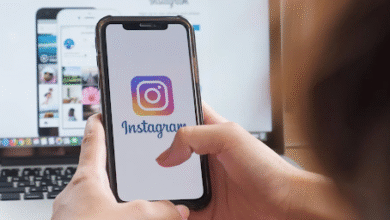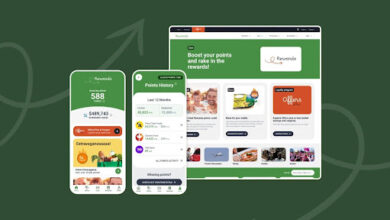The Hyper-Competitive & Constantly Evolving Landscape of App Localization

Apps now reach millions around the world. To keep them safe in each market, they must speak each user’s language. That is why many companies use software translation services from the start. These services help apps fit in every corner of the world while staying easy to use and fun.
Local Needs in Mobile Communication
People everywhere talk in their own style. Some languages are short and fast. Others take more space. Apps must adapt their text length to make sure buttons, menus, and alerts display neatly. When users open an app in their own tongue, they feel safe. They trust the app faster and use it more. A well-fit text can even drive more sign-ups and purchases.
Cultural Features That Matter
Different regions have their own colors, icons, images, and styles. An emoji may feel warm in one country but odd in another. The time format, date order, and even address style differ. A simple clock icon may mean morning in Europe, but could mean something else in Asia. Apps that adapt visuals and features naturally feel like home. This helps users enjoy the experience deeply.
Adapting to Local Rules and Privacy Norms
Each country has its own privacy and data rules. Some may require asking users in simple language whether they agree. Others may need more detailed text about data use. Translating legal text is not enough. Apps must also change how they ask for permission or show data use. This keeps users safe and avoids fines in new regions.
Keeping Growth Fast and Smooth
Apps update often to stay fresh. Every time they add a feature or fix a bug, they need the text updated too. That means the localization must keep up with each change. Companies now automate this. They include human review, but automation helps keep the app polished and delivered on time. This speed is a big part of staying on top in a crowded market.
Building a Global Brand Voice
Successful apps have a consistent feel, no matter where they are used. Whether users in Tokyo or Toronto open the app, it should feel the same brand, in a friendly voice that fits the place. This takes care. Words must match the tone of the original. Too formal here, or too casual there, can harm trust. A smart app team works with app localization services to maintain that tone everywhere. This builds trust and loyalty in every country.
Sorting Through App Store Standards
App stores in different countries have rules. Some need specific screenshots, some require privacy text in certain order, and some show age ratings in local language. Each market is careful about how apps are presented. If this is done right, the app can rank higher and look more inviting in each store. That helps more users download it.
Local Testing for True Fit
After translation, local users should test the app to see if everything feels right. They can point out sentences that sound odd, too long text, or missing prompts. This local taste test helps polish the whole experience. Small tweaks now avoid big user complaints or bad reviews later.
Managing Multiple Language Teams
Some apps support dozens of languages. Each one must be updated when there’s a new release. That can be tricky without a system in place. Teams often use a translation management system (TMS). It tracks each text, who translated it, and what needs review. It keeps the process smooth, even for many languages.
Adapting Visuals for New Markets
Some visuals need to be changed for cultural fit. For example, a hand gesture that is polite in one country might be rude in another. Some images carry different meanings. By swapping out visuals that don’t fit the local market, apps avoid awkward or offending users. This care shows respect and builds a positive brand image.
Meeting Local Payment Methods
Payment options vary by country. In one place, people pay by credit card. In another they use mobile pay or bank transfers. Apps must include the right choices and explain them clearly in local language. When users find a payment method they know, they feel confident to buy things fast. This leads to more sales and happier users.
Voice Support and Audio Adaptation
Some apps use voice features or recorded audio. These must be recorded again in each language. It needs clear tones, correct terms, and a natural feel. A phrase spoken in one language may sound odd when directly translated. So developers record fresh audio to fit each region. This adds trust and clarity to the app.
Staying Ahead With Ongoing Adaptation
Markets change fast. What users want today may shift in months. Trends, slang, user behavior, they all evolve. Apps that keep translation locally fresh and regularly updated stay on top. Smart teams keep track of user feedback and tune language accordingly. That keeps the app in tune with its users.
Measuring Localization Success
Companies check if localization worked well by tracking:
App store rankings in each country
User ratings and feedback in local language
In-app conversion rates (sign-ups, purchases)
Support tickets related to confusing text
These metrics show whether users feel good about the app in their own language.
Final Words
The world of apps is very competitive. Users now expect apps that feel local, not just translated. Those that fit local minds, cultures, and rules see faster growth. By using top-grade services, keeping updates smooth, and listening locally, apps can secure a global spark. Words matter everywhere, and getting them just right opens the door to success in every market.



